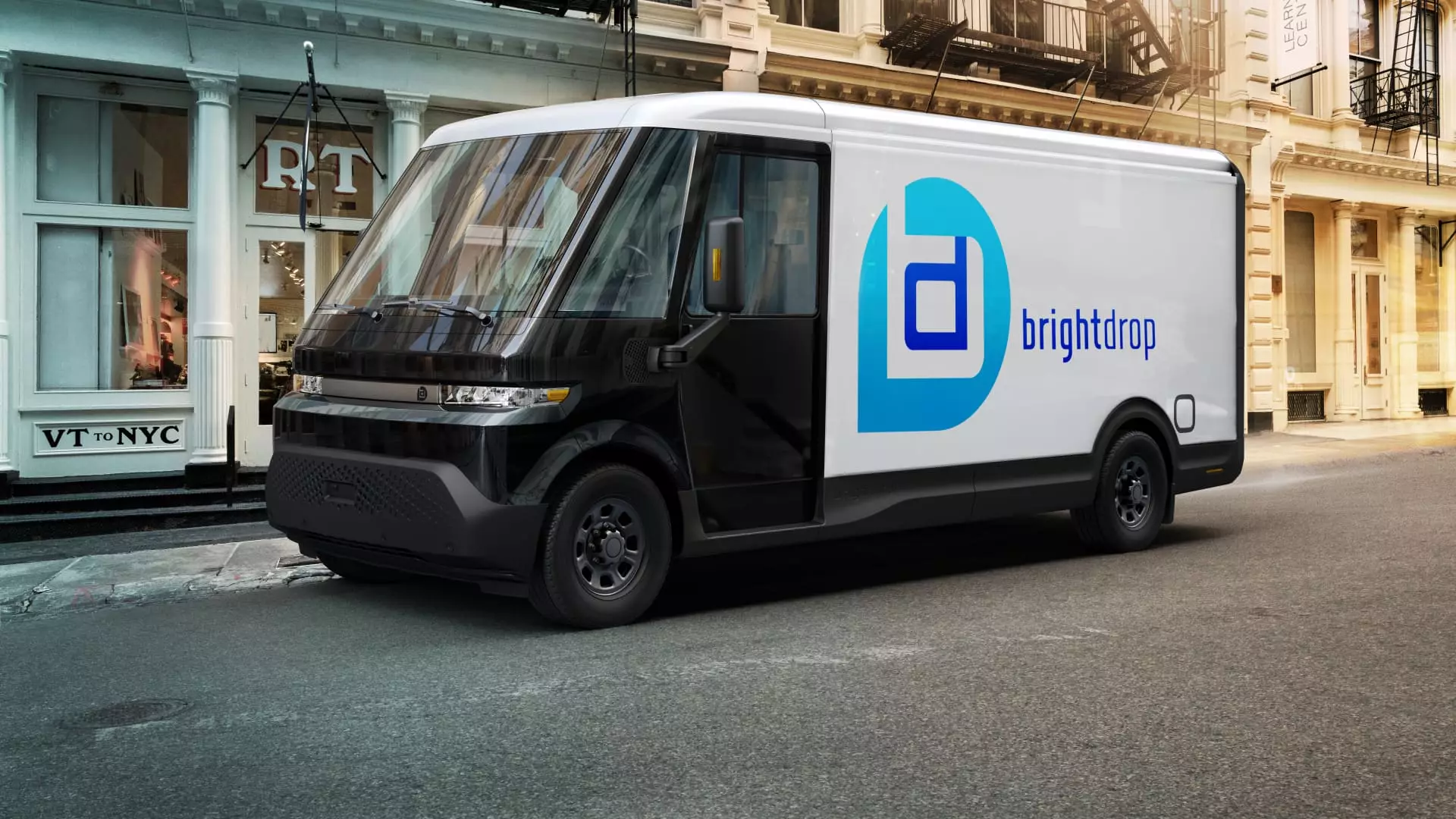General Motors (GM) is making headlines yet again, but not for the reasons it would hope for. The iconic automaker is forced to recalibrate its strategy as it announces a significant cut in production at its CAMI assembly plant in Ontario, Canada. In an alarming move that will result in the loss of 500 jobs, GM has decided to scale back operations from two shifts to one. This does not merely represent a temporary setback; it signals deeper issues within GM’s ambitious plan to transition to electric vehicles (EVs) and raises questions about the sustainability of such initiatives.
The Bitter Cost of Miscalculated Ambitions
BrightDrop, GM’s all-electric delivery van division, was launched amid high expectations, with the hope of generating a whopping $1 billion in revenue by 2023. Fast forward to the present, and the reality starkly contrasts those expectations. With roughly only 2,000 units sold in the past two years and reports of vehicles collecting dust in storage lots, one can’t help but feel a gnawing sense of failure. This isn’t merely a production hiccup; it reflects profound miscalculations in understanding market demand, consumer behavior, and competition in the burgeoning electric vehicle sector.
While GM insists that this “adjustment” is in response to market conditions, it’s hard to overlook the lurking shadow of previous political decisions, particularly former President Donald Trump’s tariffs. These tariffs, designed to protect domestic industries, seem to have backfired spectacularly, stifling innovation and investments that were supposed to propel the US auto industry into a sustainable future. As Lana Payne, president of the union representing workers, aptly put it, this situation is a “crushing blow” to families who depend on the plant for their livelihoods.
A Call for Innovation and Support
The troubling situation begs the question: what is GM’s plan moving forward? While it has indicated a commitment to CAMI and proposed upgrades for the 2026 model year, the uncertainty looms large. Without significant governmental support and a recalibration of market access, the window of opportunity for a robust EV presence will likely diminish. The fact remains, the leadership at GM must prioritize innovation and transparent communication with employees, customers, and stakeholders to revitalize its ambitions.
Moreover, all levels of government need to recognize the stakes involved. Supporting domestic workers should be synonymous with enhancing the country’s technological growth and ensuring a competitive position in the global market. To weather the storm of industry turbulence and regain consumer trust, the collaboration between corporate and governmental entities is not just necessary; it’s essential.
GM’s struggles with its BrightDrop initiative expose significant flaws in its strategy at a time when agility and foresight are crucial. As the electric vehicle revolution evolves, only time will tell if GM can adapt and thrive, or if it continues down this path of uncertainty, leaving behind a landscape of lost jobs and unrealized potential.

